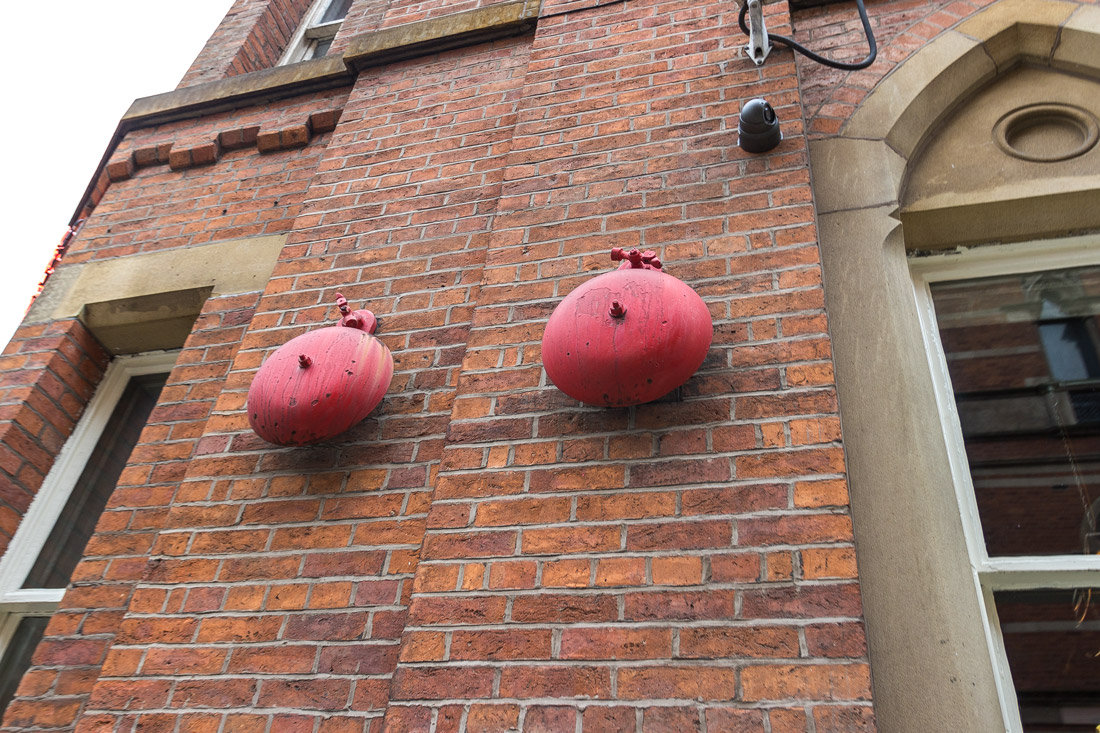Manchester
In Manchester, there seems to be a larger number of people compared to Liverpool, although Wikipedia indicates similar population size and density. Perhaps Manchester, being an industrial “appendage” of the port city Liverpool, is more lively due to a greater number of job opportunities and better-developed trade.
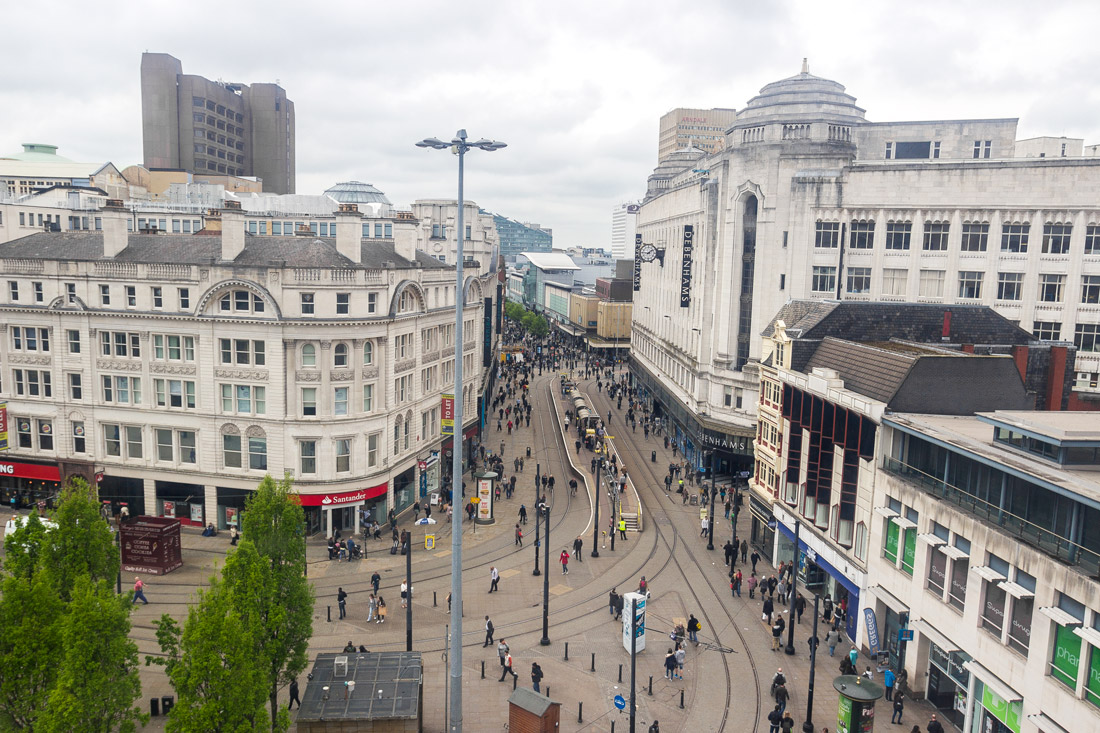
The world’s first railway line, where trains ran strictly on schedule and tickets were used, was built between Liverpool and Manchester in 1830. It was also here that the politician William Huskisson became the first person to be killed under the wheels of a train.

This railway still exists and operates to this day. A train runs every hour on it to Manchester, with a travel time of 40 minutes.
“Manchester Oxford Road Station.” It was opened in 1849 and reconstructed in 1960. This is one of the intermediate stations located in Manchester, but not in the city center.
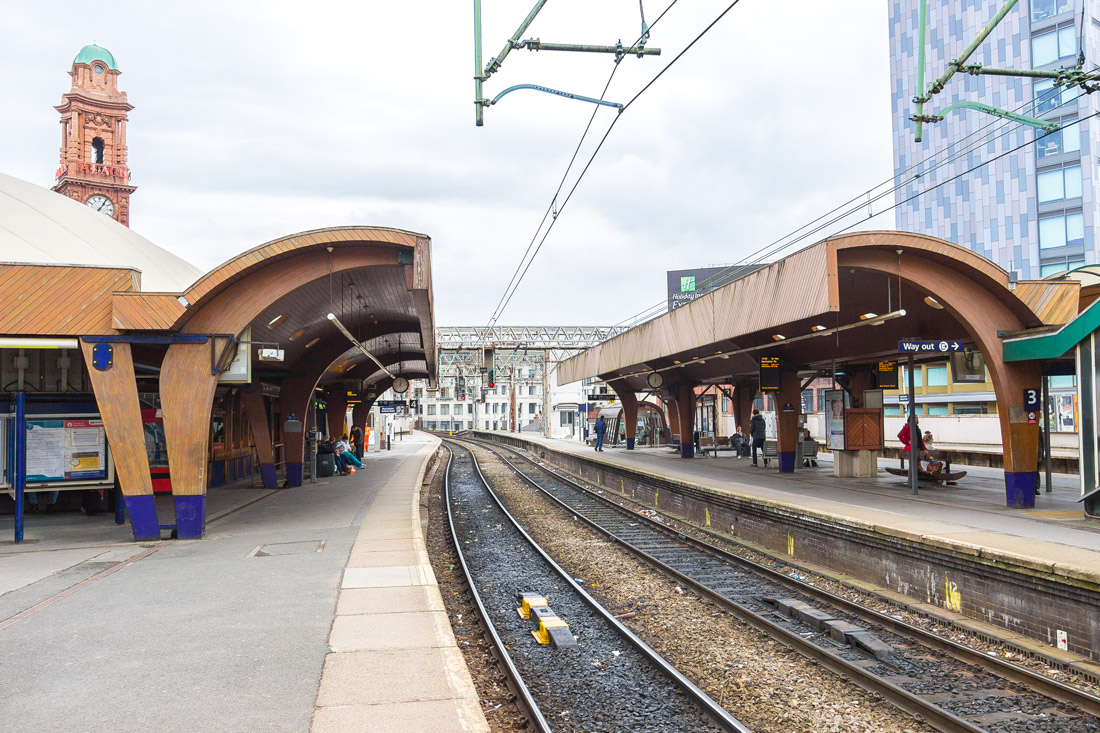
Knot Mill Station. It was opened in 1849 and renamed to Knot Mill and Deansgate at the turn of the century, and finally to Deansgate in 1971. The old building, adorned with an exquisite original signboard, now has an unpleasant new contraption hanging on it. To preserve its original appearance and remove it, it would be appropriate to revert to the old name. However, in Russia, one wouldn’t even have to dream about preserving the old signboard.

A part of that very railway on the approach to Deansgate Station.
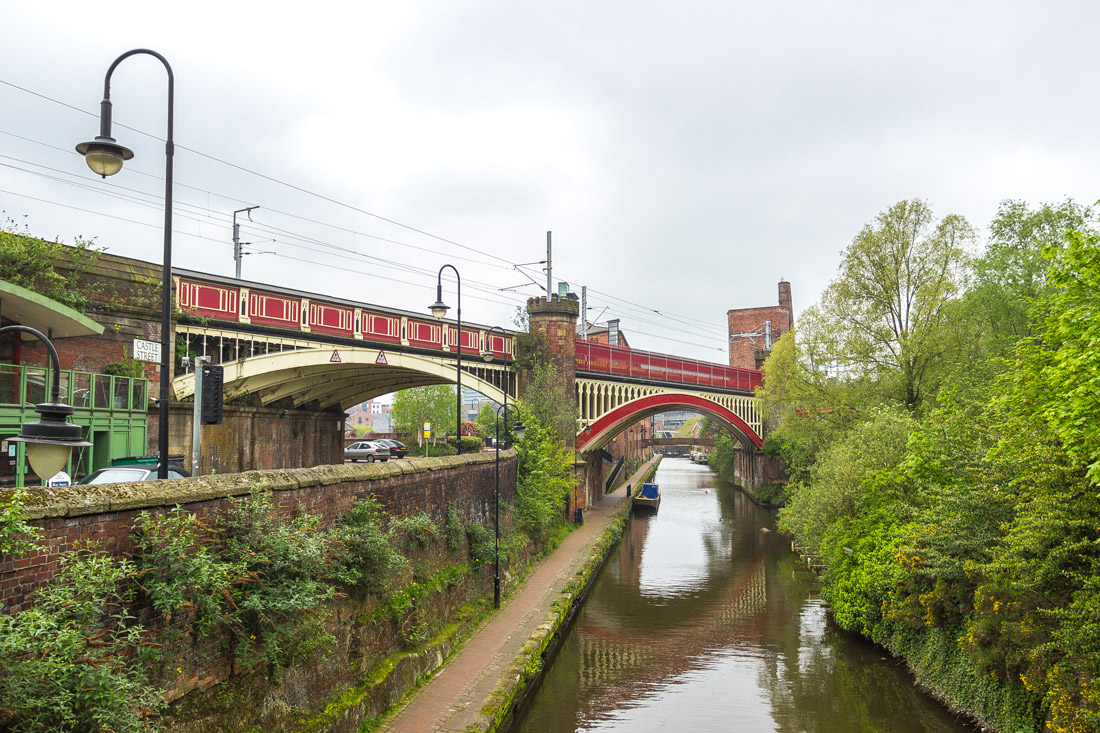

Manchester gives the impression of a city built in the Victorian style. I haven’t noticed any classical buildings like in Liverpool, but there is an abundance of red English brick.
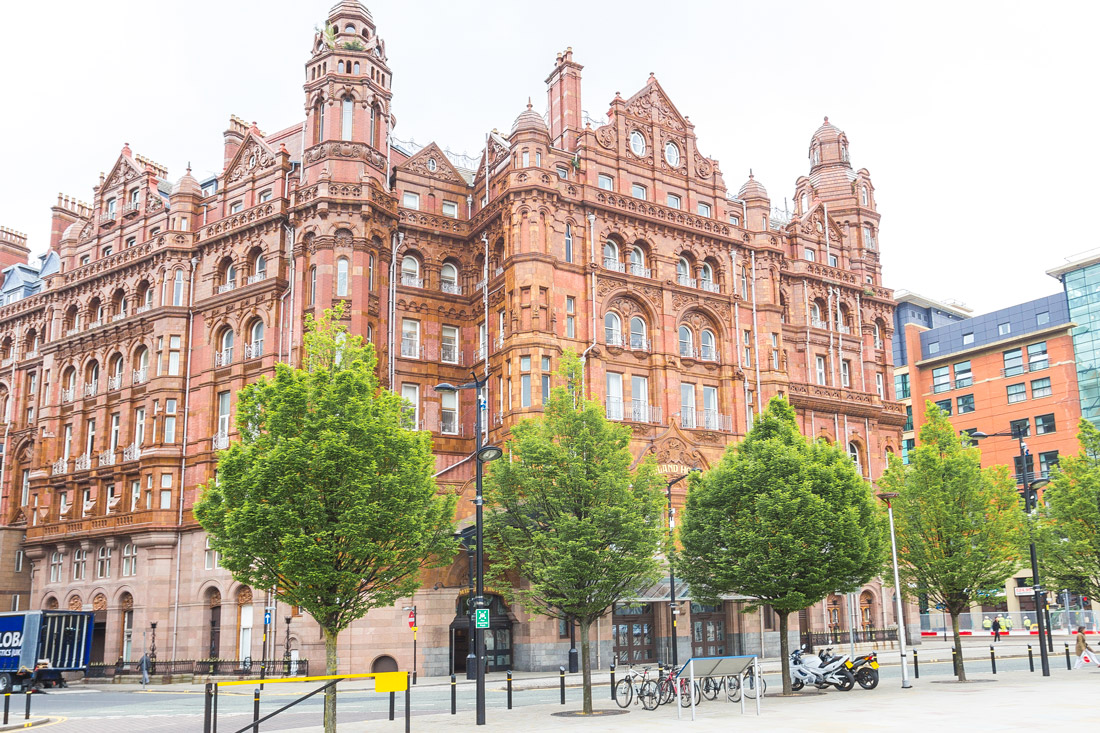
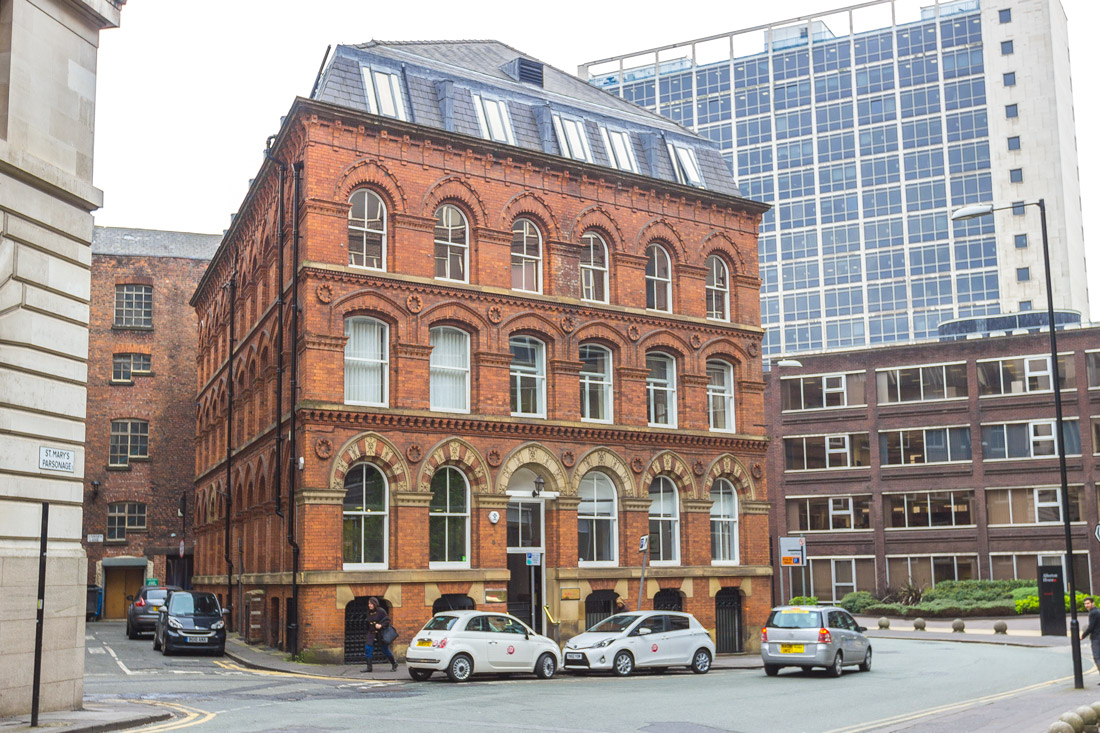

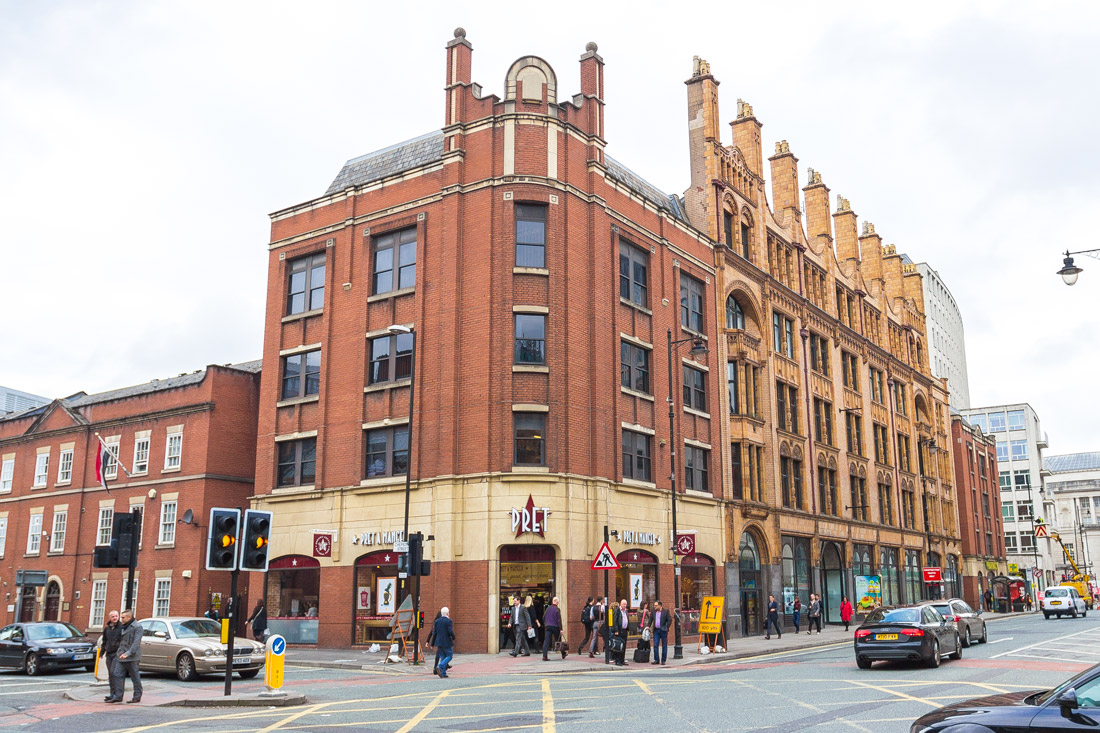
An antique sign.
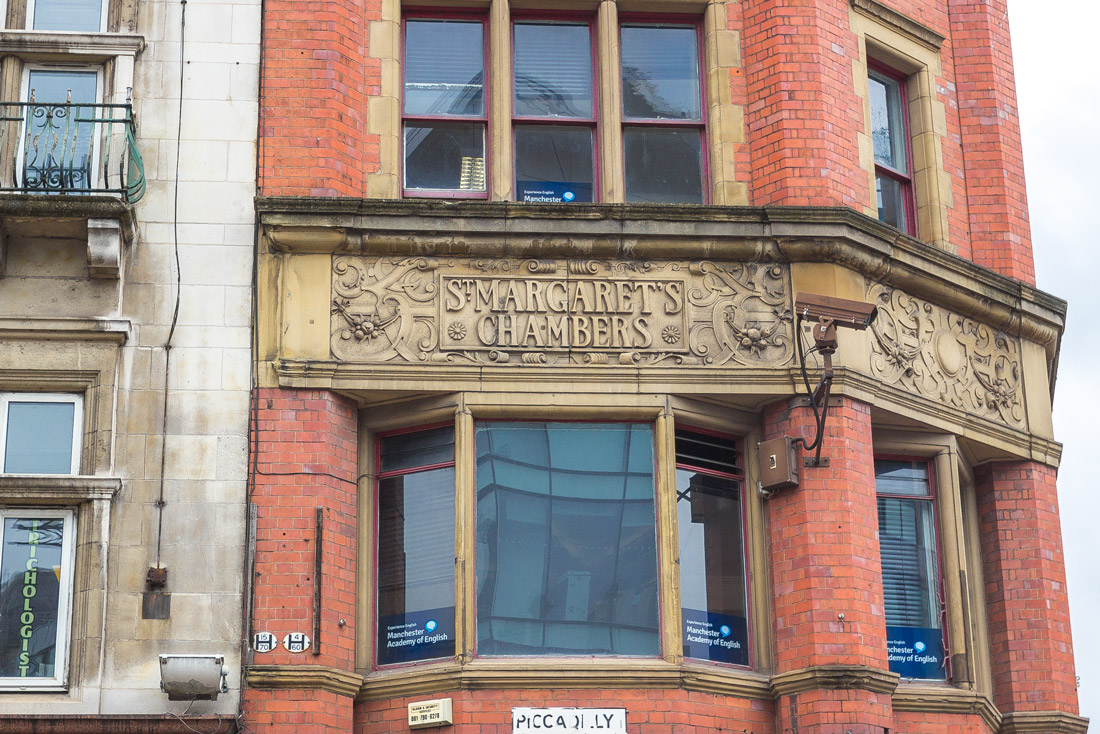
A magnificent inscription on the wall of the library.
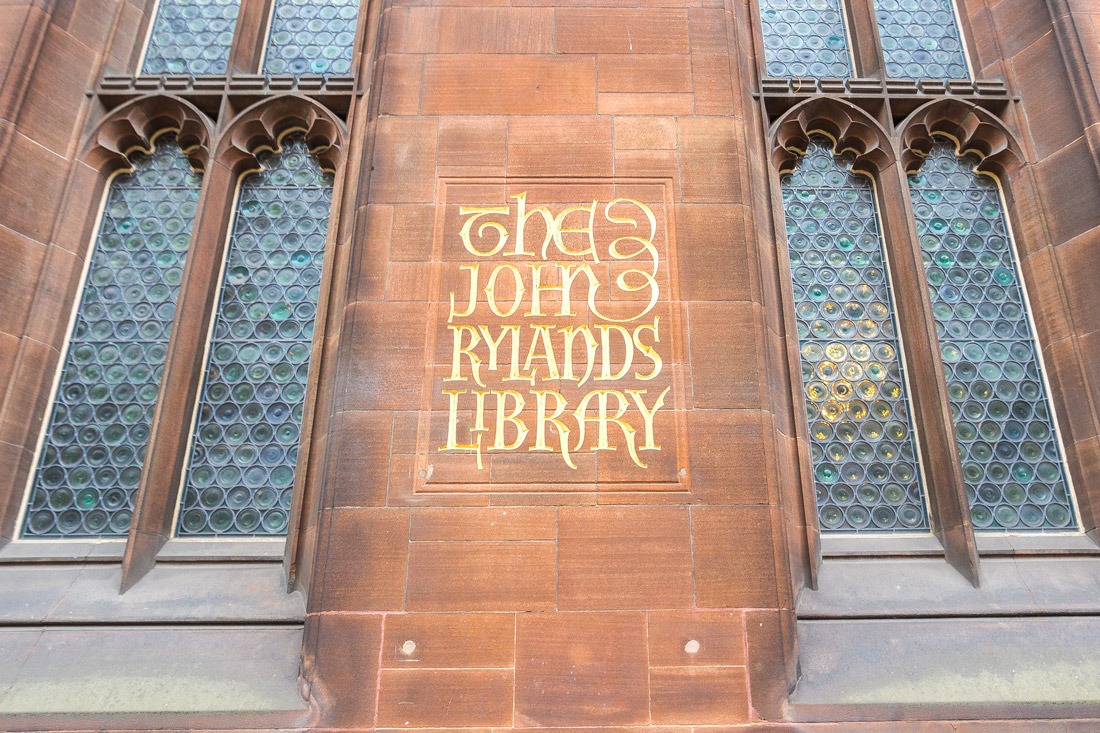
Street art.
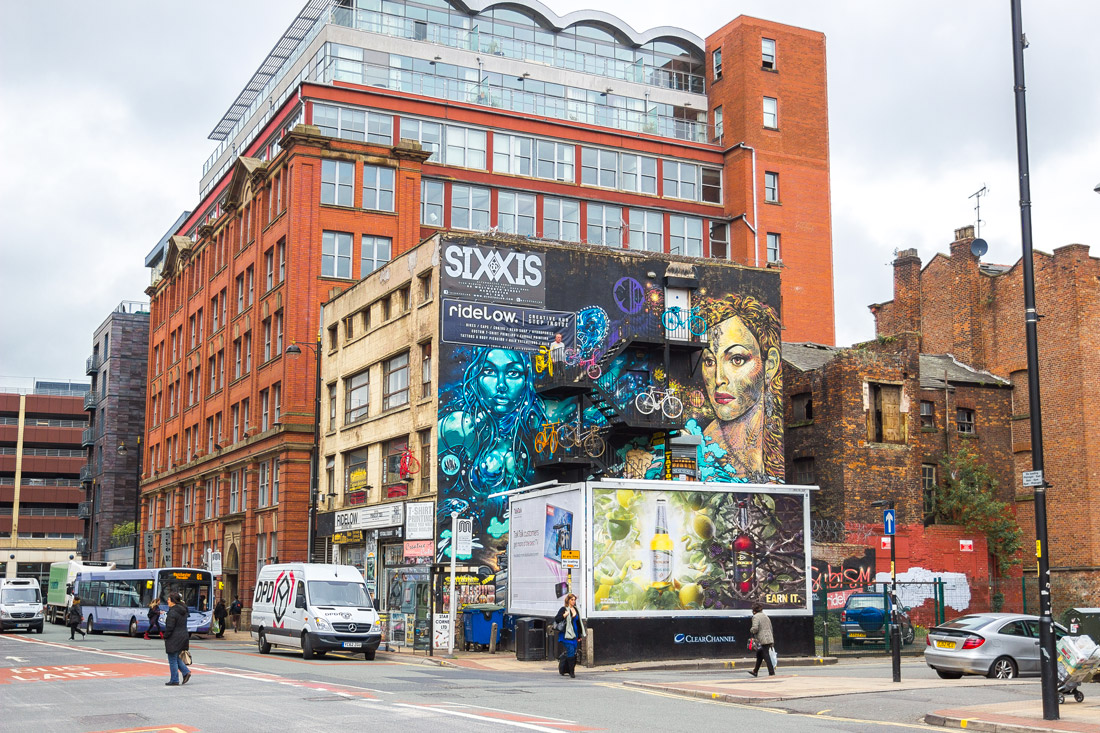
This is the wall of a tattoo salon and a store selling “alternative” gifts.
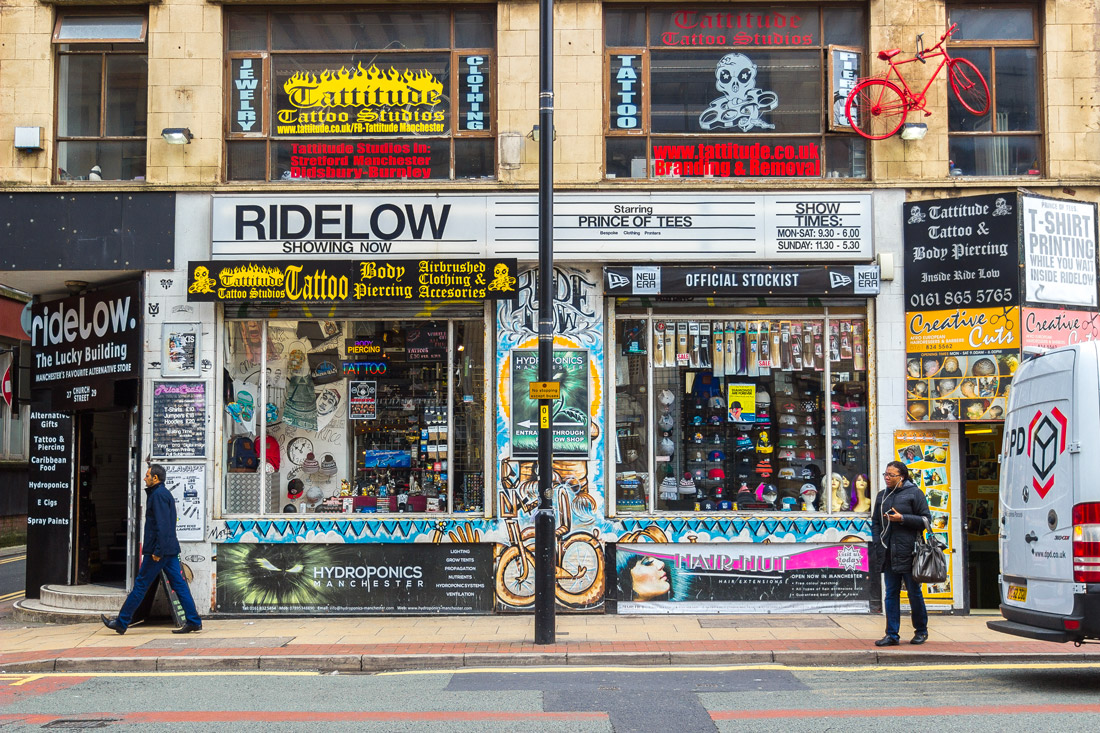
Alleyways.
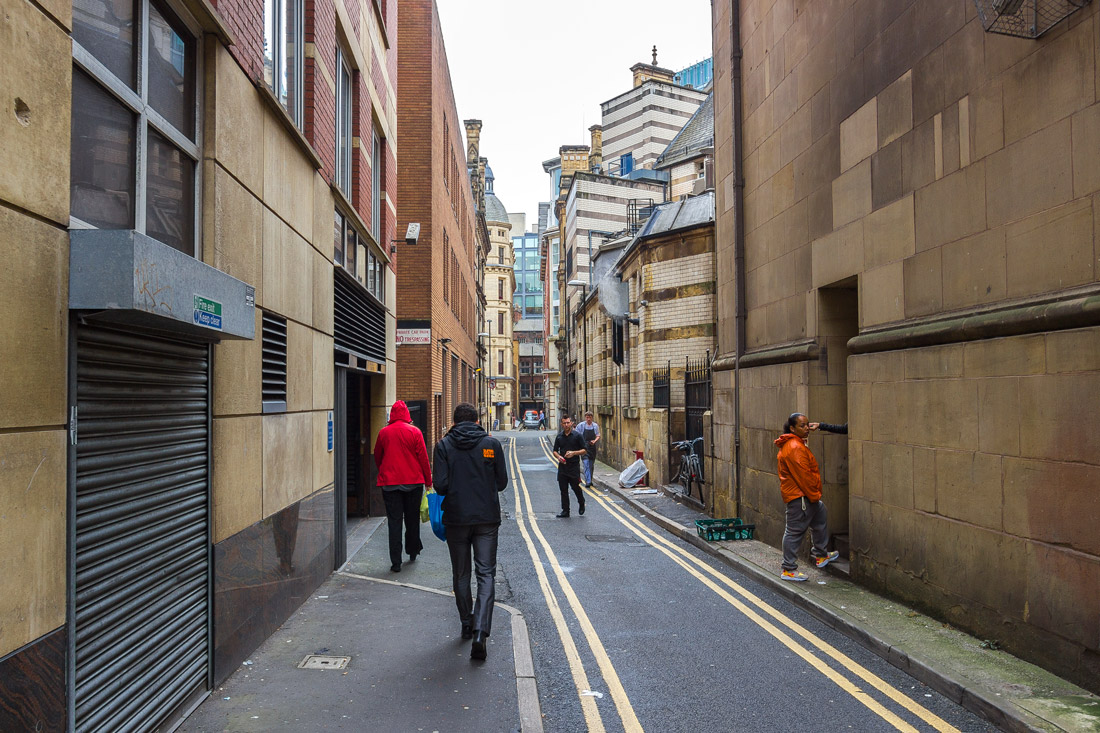

In Manchester, lampposts are engraved with a worker bee, not just an ordinary bee but a worker bee — one of the symbols of the industrial city. The bee is used as a reference to the Industrial Revolution, in which Manchester once took the lead. The bee is also featured in the city’s coat of arms and the University of Manchester’s coat of arms.

Street signs are made up of individual tiles for each letter. On one side of the buildings, the signs are made with blue lettering on a white background, while on the perpendicular side, it is the opposite — white lettering on a blue background.
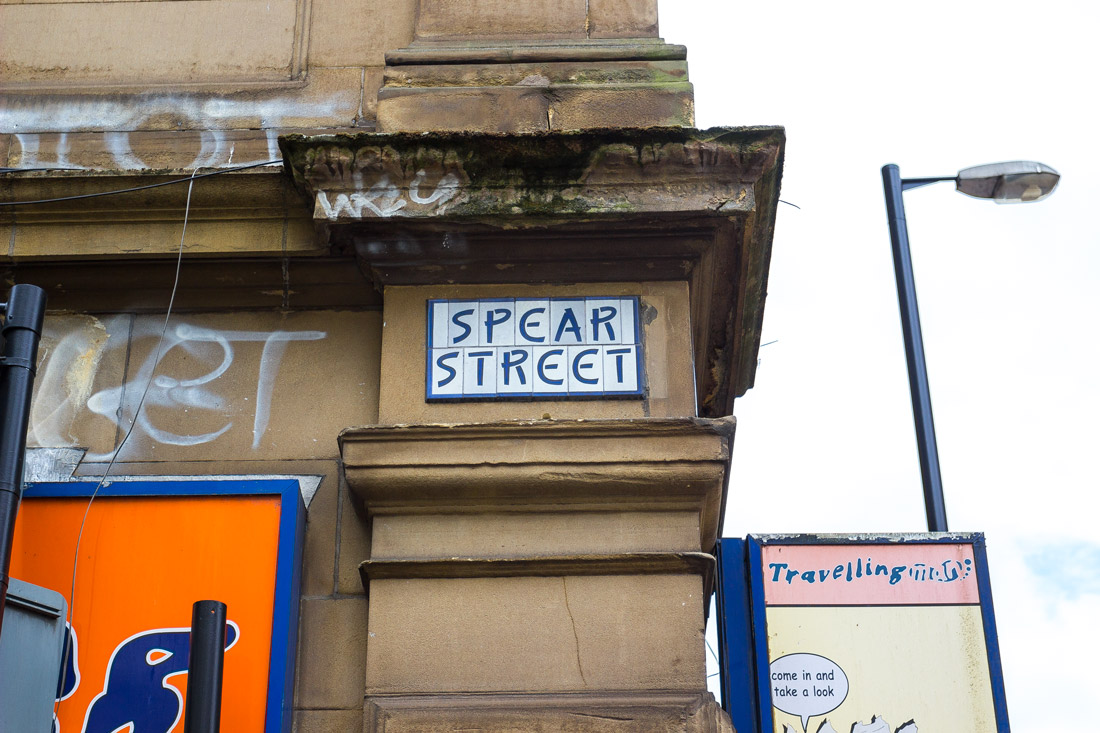
However, such signs are not used everywhere. More often, regular English signs are hung, like in Liverpool and other cities.
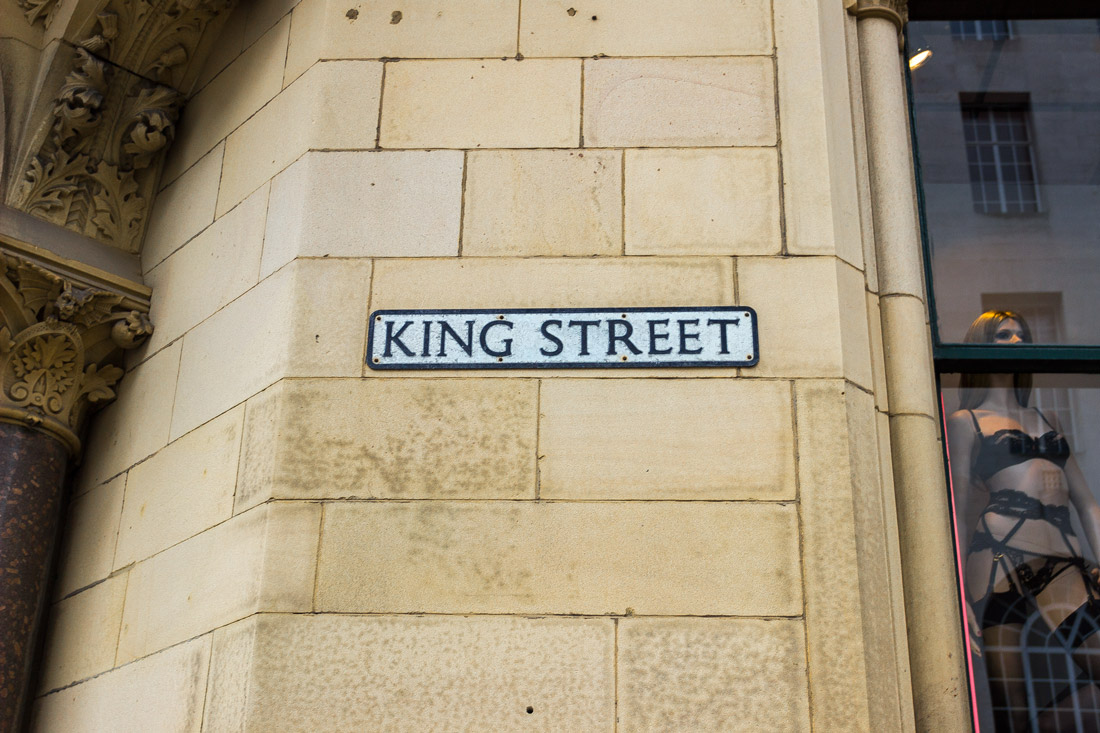
City map.

Telephone booth and information stand.
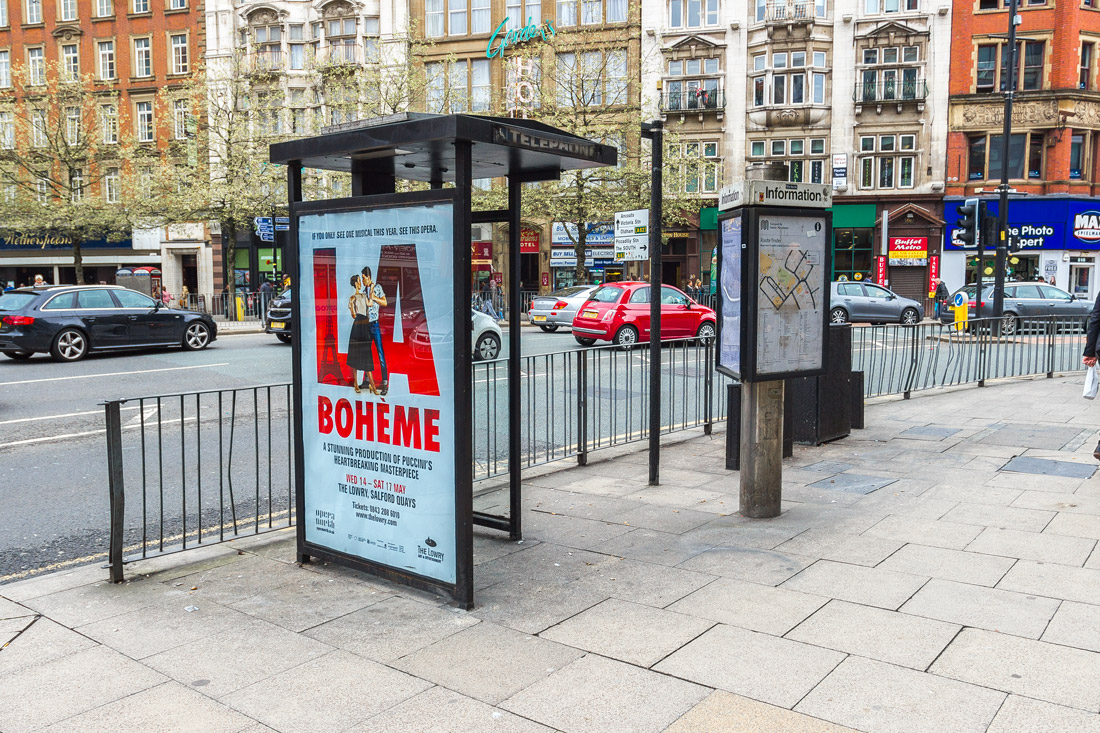
Manchester has a magnificent tram. It’s beautiful and yellow.
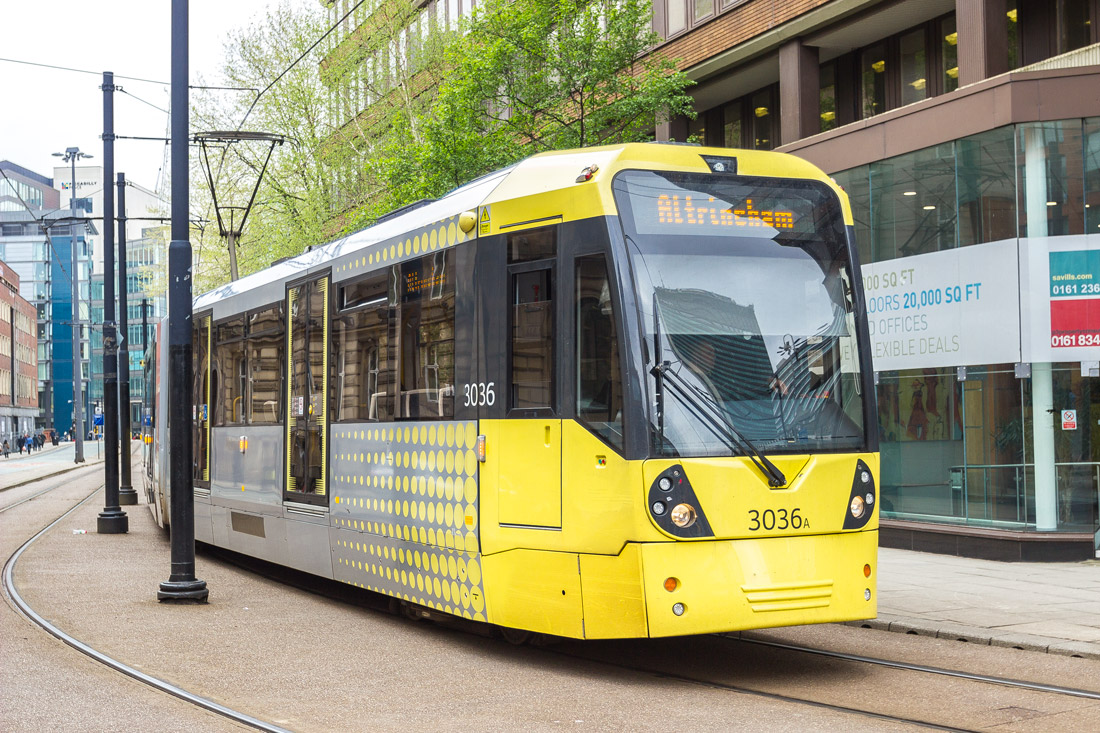
The tram stop is made as a raised platform between the tracks. It is equipped with electronic schedules, route maps, ticket vending machines, a roof, and, of course, a ramp for wheelchairs.


Warning sign: “Tramway. Look both ways.”

White cab.

Yellow cab!
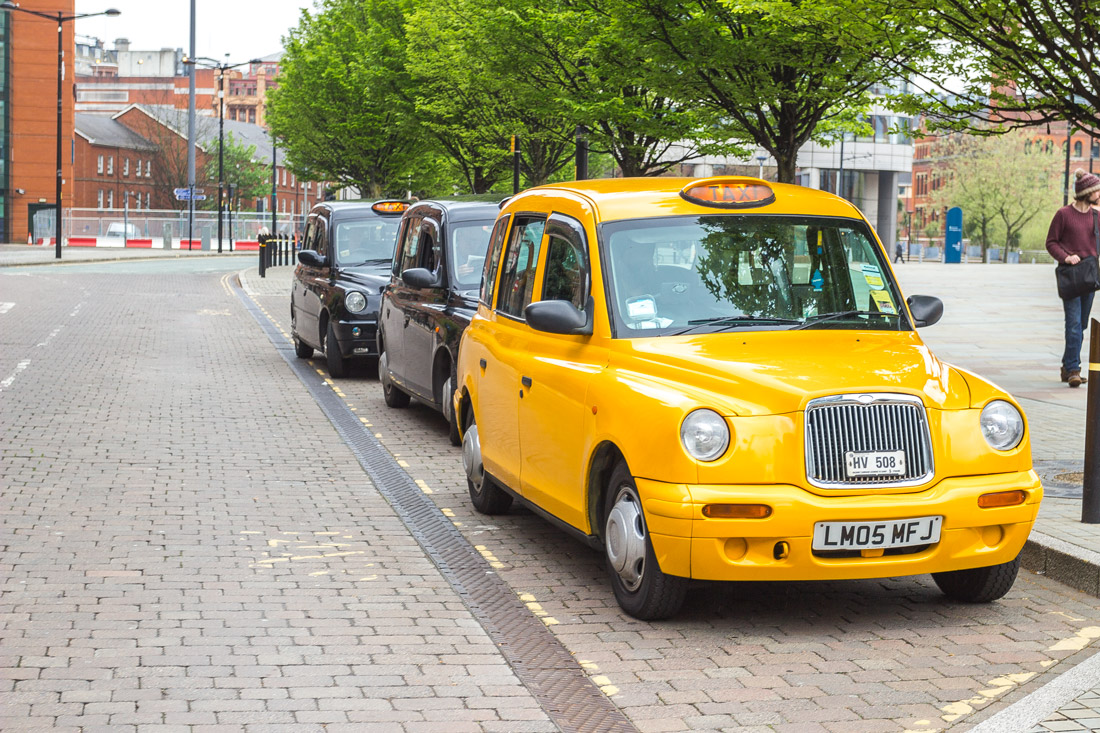
Sign: “Sprinkler stop valve inside.”
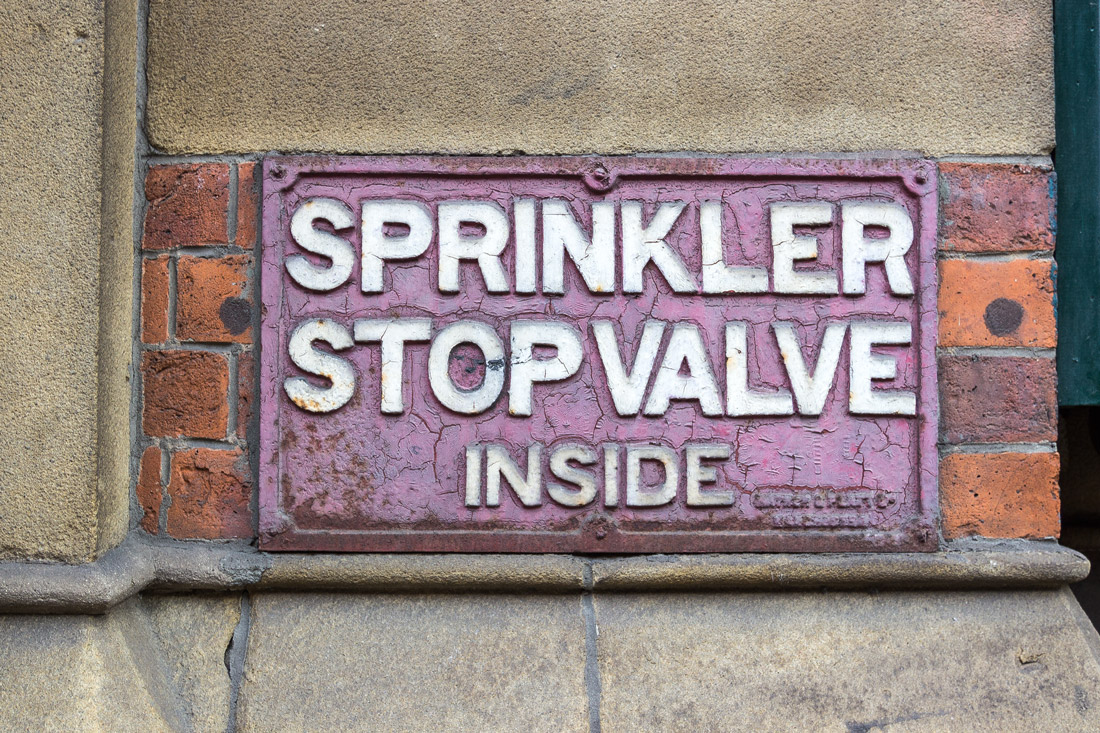
Boobs.
